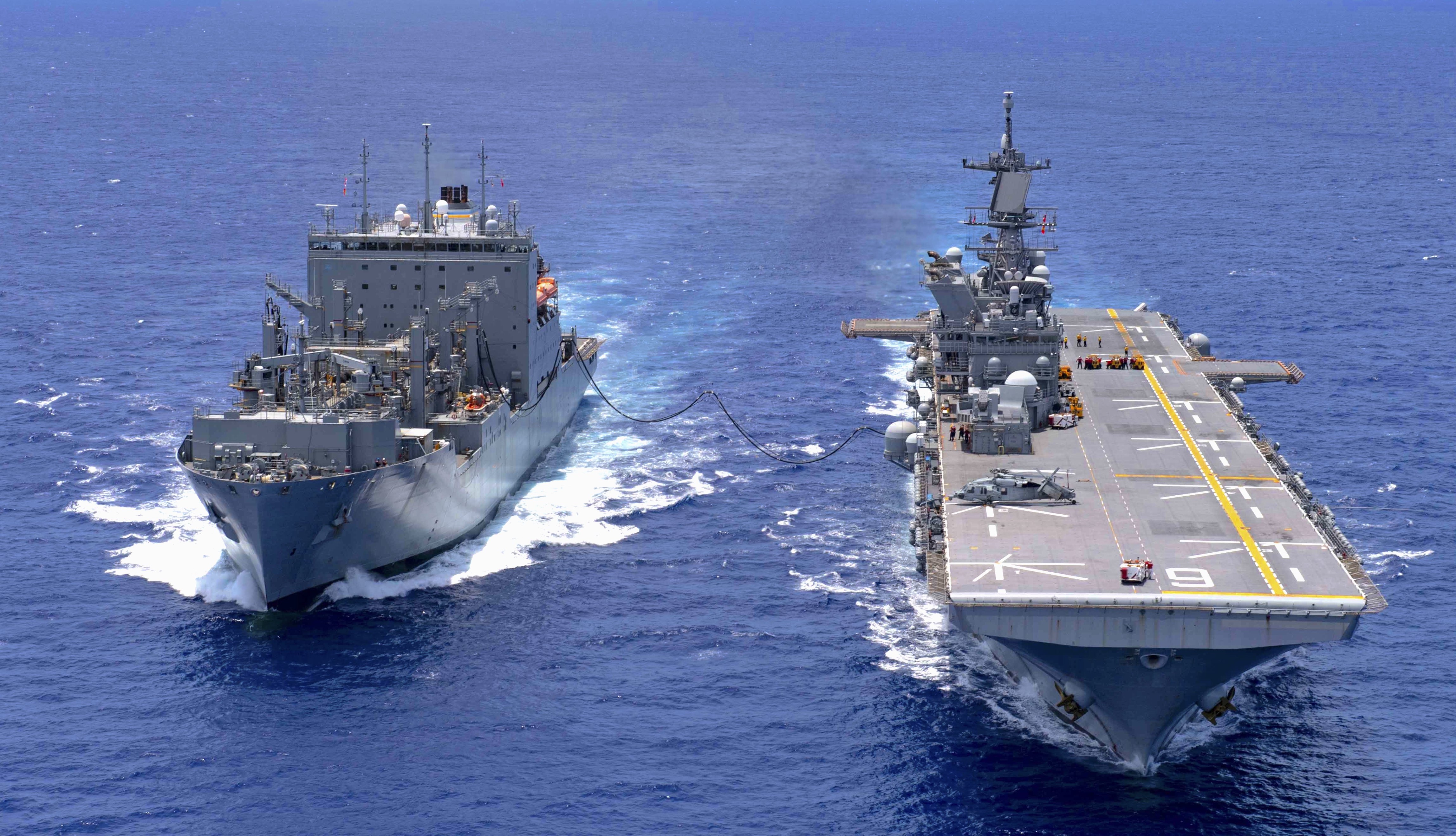
The Navy and Marine Corps need to grow their capacity to move people and supplies to and around a contested sea space – using both manned and unmanned ships and aircraft – and the service leaders asked lawmakers today for help in creating a supply chain that can stand up to a peer competitor.
Commandant of the Marine Corps Gen. David Berger told the Senate Armed Services readiness subcommittee that the Navy-Marine team would be challenged if they ever got into a fight with China because moving throughout the Pacific involves great distances and because China would likely seek to disrupt the logistics chain, something the U.S. hasn’t had to deal with in 70 years.
Subcommittee member Sen. Tammy Duckworth (D-Ill.) said during the hearing she was pleased that Berger was so focused on sealift and logistics issues and asked how Congress could assist in those efforts as the amphibious force transforms into one that will rely on small units moving around by sea to conduct distributed operations.
“The combination of oversight and resourcing for our unmanned surface and aerial systems is probably the biggest area,” the commandant replied.
“We have to move very quickly to develop and field the unmanned surface vessels and unmanned aerial systems that will move those supplies, because we’ll never get there if we rely only on manned systems. We have a lot of learning to do there, we have a lot of experimentation to do there. If there’s one area I’d ask for support there, that would be it.”
SASC in particular, but also its House counterpart, have been wary of the sea services’ unmanned surface vessel acquisition plans. The Large USV has been a thorny issue, since the Navy intends to outfit it with missile tubes and use LUSV as an adjunct magazine ship to supplement the firepower of manned combatants. Even aside from the missile tubes issue, lawmakers have expressed concerns that the Navy will move too quickly from prototyping into serial production. The services have argued that they need to field the USVs in numbers so they can do the experimentation needed to work out concepts of operations. For the Marine Corps, these CONOPs may be using LUSVs or other unmanned craft as decoys or to ferry logistics around the contested battlefield, delivering ammunition, parts, food and more to small units on islands and away from their higher headquarters.
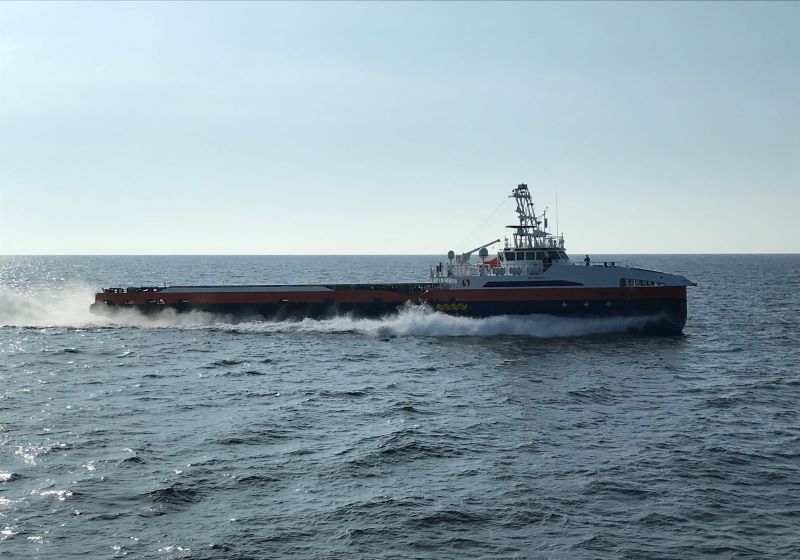
Chief of Naval Operations Adm. Mike Gilday told Duckworth that the Navy had worked with lawmakers on a legislative proposal they hoped to see included in the final National Defense Authorization Act language “that would allow the Navy to buy used sealift vessels instead of investing in new sealift vessels, to increase the number of used vessels that we can buy. As you know, that’s a growing capability gap, as you highlighted, and we need to close it quickly. We can do so at a tenth of the cost by – we’ve already done the market analysis, we know which ships we’d go after – at a tenth of the cost of buying new. So for $30 million instead of $300 million, with a minor upgrade in a U.S. shipyard, we will have the sealift that we need to move ground forces where they need to be in order to bring effects to bear.”
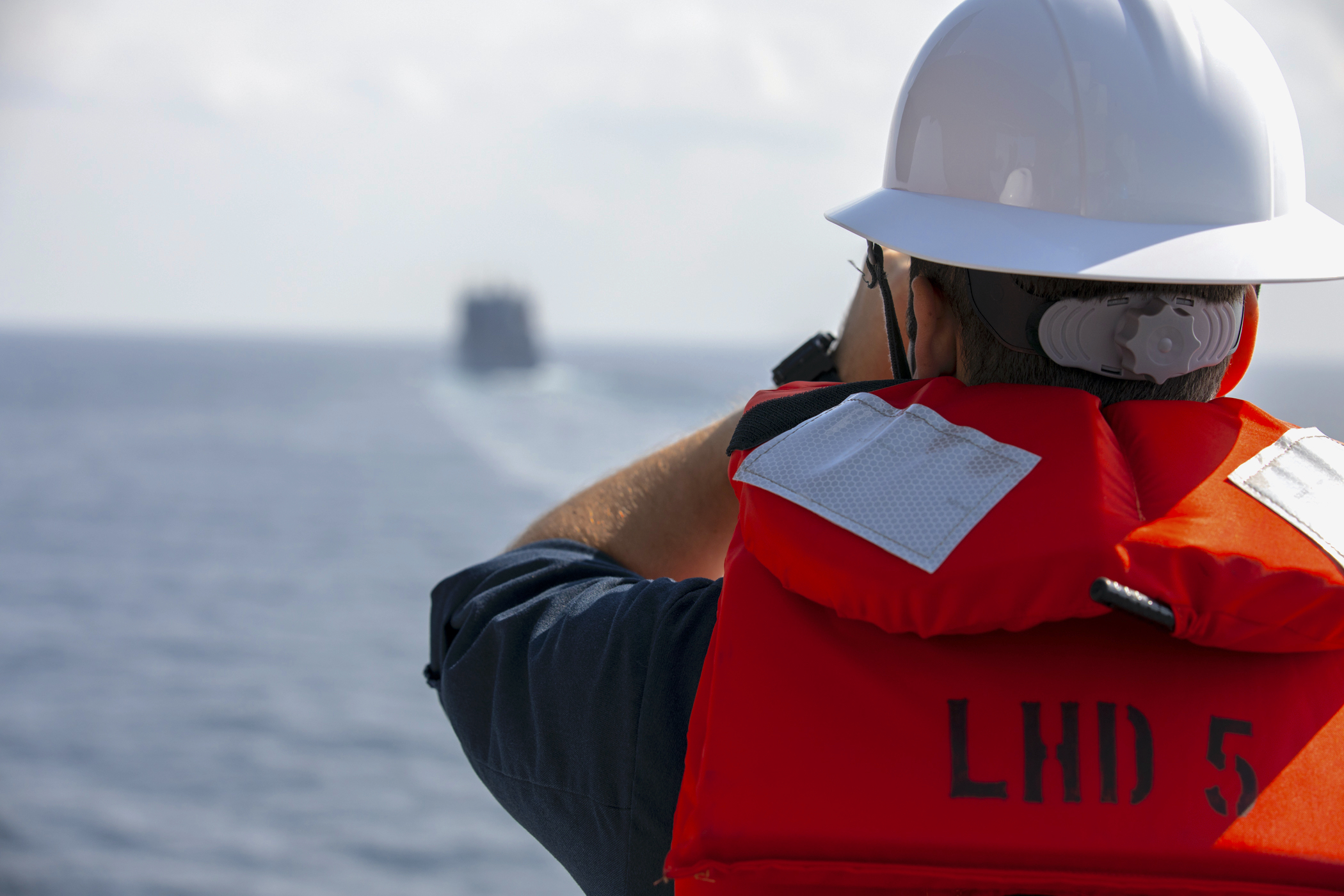
Just hours after the hearing, House Armed Services Committee leadership announced that they had reached an agreement with SASC on the compromise NDAA language. USNI News understands that a version of that proposal on the used sealift ships did make it to the final bill, which will have to be voted on by both the House and the Senate in the coming weeks.
Navy spokesman Lt. Tim Pietrack told USNI News today that “Navy has requested funding to purchase two used ships in Fiscal Year 2021. The purchasing of used roll-on/roll-off ships is an economical way to quickly improve the readiness of the military’s sealift capability for a fraction of the cost of building new ships. The purchase of these used vessels is part of a planned phased replacement of the Department of Transportation’s Maritime Administration-managed Ready Reserve Force ships, which serve as common-user sealift pool vessels. Strategic sealift plays a central role in meeting Joint Force transportation requirements, and the recapitalization of sealift remains a DoN priority.”
He couldn’t speak to how many used vessels had been vetted as part of the market research Gilday described, but he said that “the Navy wants to take advantage of an anticipated ‘buyers-market’ in used Roll-on/Roll-off (RORO) vessels available for purchase as a result of global market conditions and is working closely with MARAD to make the initial two purchases in FY 2021.”
Regarding the upgrades they’d need, Pietrack said that “we expect minimal initial upgrades beyond those required to meet American Bureau of Shipping (ABS) standards and U.S. Coast Guard certification requirements. All required upgrades and modifications will be accomplished using American shipyards in our defense industrial base (DIB) to ensure the future functionality and readiness of these new acquisitions.”
Gilday added during his comments to Duckworth that the Navy would brief lawmakers on Thursday on the Future Naval Force Study that the Pentagon conducted from about February through October to develop a future force design for the sea services. Gilday said that the number of logistics vessels would increase significantly under this plan.
“I think it’s noteworthy and something that we as a department need to put a higher priority on with respect to procurement,” he said.
More broadly, the Navy-Marine Corps leadership discussed their overall plans for future operations and the force that will be needed to support the kind of small-unit distributed operations envisioned under the Navy’s Distributed Maritime Operations and the Marines’ Littoral Operations in a Contested Environment concepts.
SASC Readiness Subcommittee Chairman Sen. Dan Sullivan (R-Alaska) questioned the Marines’ Force Design 2030, which Berger released in March as an outline of how the Marine Corps will shed legacy gear and missions and reshape itself for the future even amid flat or declining budgets.
Former Navy secretary, senator and Marine officer Jim Webb in May wrote an article in National Interest questioning Force Design 2030, saying he worried that the plan makes the Marine Corps too reliant on the Navy and too singularly focused on China as an adversary instead of the whole range of threats and missions the Marine Corps could be asked to face.
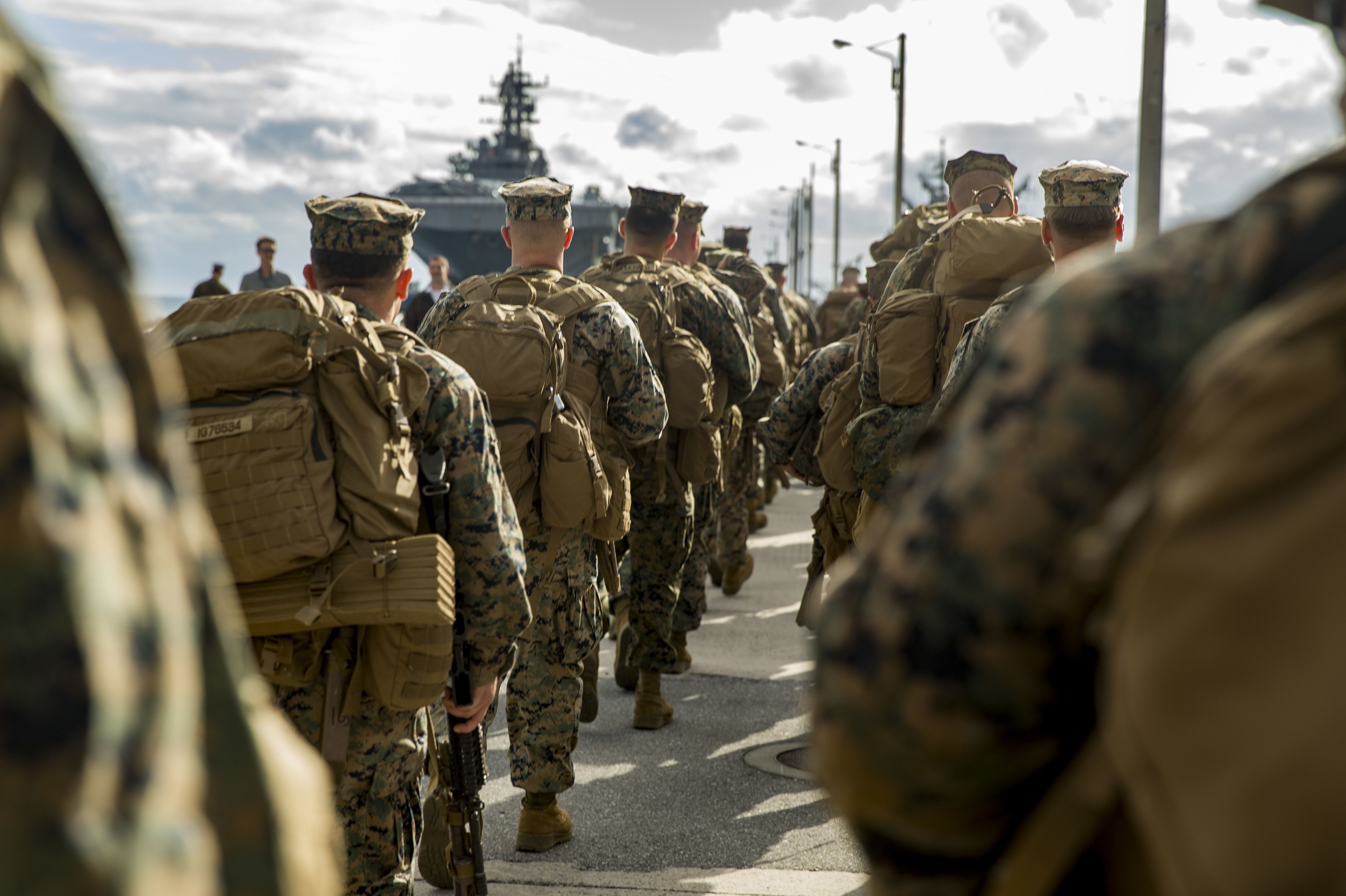
Webb wrote he was worried about “the potentially irreversible content of the proposal itself. If authorized, appropriated and put into place, this plan would eliminate many of the Marine Corps’ key capabilities. It could permanently reduce the long-standing mission of global readiness that for more than a century has been the essential reason for its existence as a separate service. Its long-term impact would undo the value of the Marine Corps as the one-stop guarantor of a homogeneous tactical readiness that can “go anywhere, fight anybody, and win.” And after the centuries it took to establish the Marine Corps as a fully separate military service, it could reduce its present role by making it again subordinate to the funding and operational requirements of the Navy.”
Navy Secretary Kenneth Braithwaite jumped in after Sullivan read some of Webb’s remarks, with the SECNAV saying he wanted to go on record that “Gen. Berger is a visionary.”
“Dave Berger is the visionary that the Department of the Navy needs today. It is his vision and his humble leadership of going up against all of the challenges that he’s now encountered to see something come to fruition that is long overdue. The world has changed in the last 20, 40, 60 years, but what has been proven is the constant that a combined Navy-Marine Corps team – not one subordinate to the other – the Marine Corps and the Navy in the commandant’s vision are one, equal, paired together. His vision gives a combatant commander another tool in the toolbox in order to fight the fight, if you have to do that. It takes the Marine Corps from being land-centric to being a capable amphibious force again,” Braithwaite said.
Berger then said he met with Webb for two hours after the article was published to talk about Force Design 2030. He said the conversation centered on three things: did the Marine Corps need to change? Did it need to change now? And is it changing in the right direction?
“I didn’t see any daylight between us on, do we need to change?” Berger said.
Berger added that he believed the change had to take place now; if the service waited for more clarity, as some critics have called for, the rapidly advancing adversaries may reach a point where the Marine Corps can’t catch up.
“In my assessment, in my professional opinion, we have to change, we have to move out now, and we have to preserve enough to learn in the future over the coming years to make sure we get it right,” he told Sullivan.
Though Berger did not address Webb’s specific criticisms during the hearing, his written testimony addressed some of the themes in Webb’s argument.
“As noted in my Force Design 2030 Report, we will transition our ground fires capabilities from a short-range cannon-based force to one oriented on long-range precision rocket fires – to include an anti-ship missile capability. These long-range fires will provide our traditional ground formations and naval expeditionary units with the modern capabilities required for any contingency against Russian Battle Task Groups or People’s Liberation Army Navy-Marine Corps units, whether in Europe, Asia, or elsewhere globally. Those modernization efforts will further enable the forward deployment of a new capability – the Marine Littoral Regiment. These units, once augmented with anti-ship missiles, a light amphibious warship for mobility and sustainment, air defense capabilities, Group 5 UAS, and fully-trained for expeditionary advance based operations (EABO), will provide our joint force and fleet commanders with forces prepared to deter adversary aggression by denial and by detection, as well as a counter-gray zone competition maritime force. While EABO discussions have increasingly focused on application in the Indo-Pacific, we should not forget their efficacy in the high north in support of larger Navy Anti-Submarine Warfare efforts, or in contested littoral environments elsewhere around the world,” Berger wrote in his written remarks to the subcommittee.
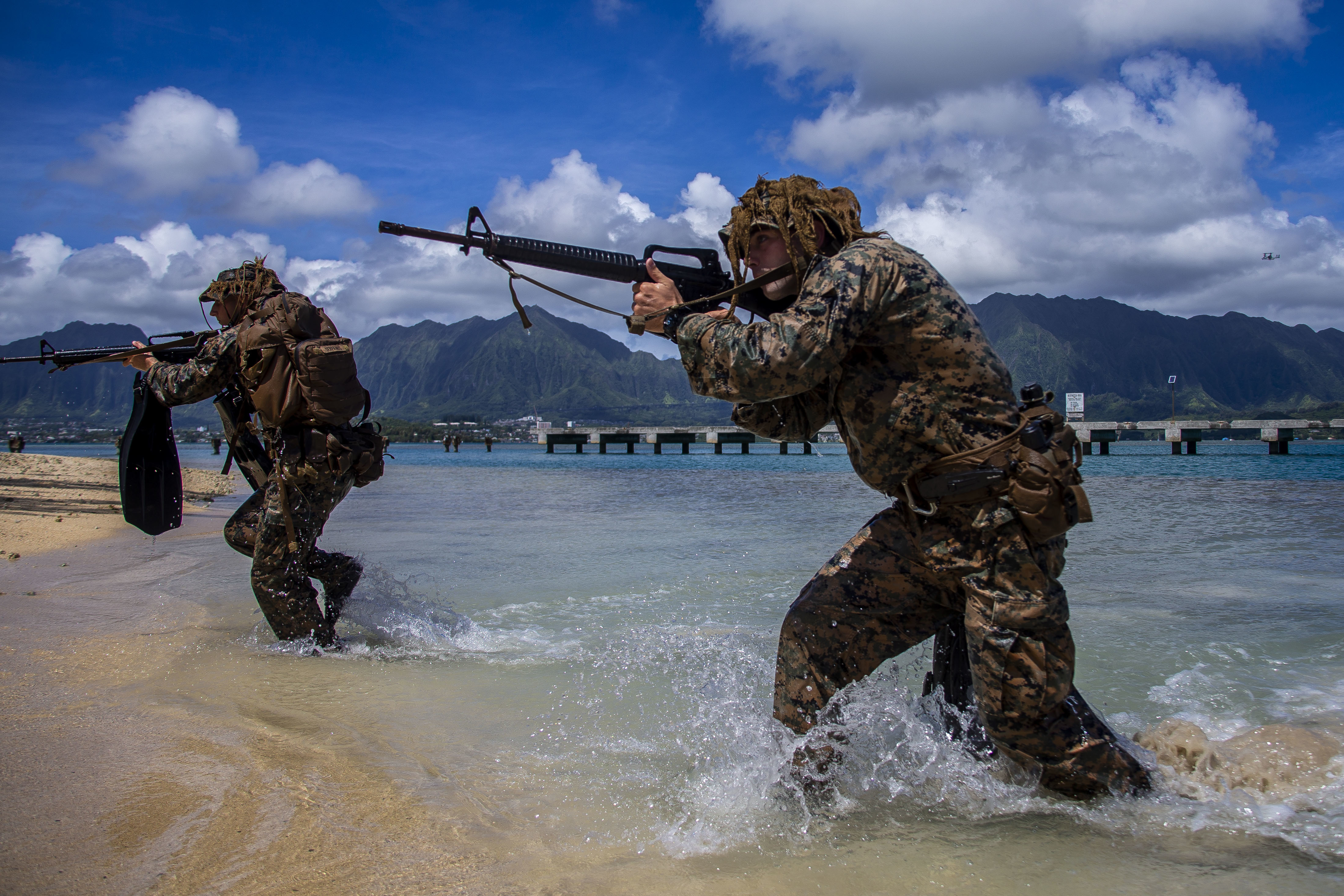
“To be clear, our naval expeditionary forces and FMF in general will be uniquely capable of EABO – but not solely defined as an EABO force. Our Marine Expeditionary Units will remain capable of the full range of crisis response functions. In fact, once enhanced with unmanned surface and undersea vehicles, anti-ship missiles, amphibious combat vehicles, long-range unmanned ISR capability, and 5th GEN STOVL aircraft, we will provide our fleet and theater commanders with a distinct all-domain capability for use in traditional conflict as well as day-to-day competition. Since the technologies enabling the anti-access strategies pursued by Russia and China are also steadily proliferating in the arsenals of lesser powers – notably including Iran and some of her non-state proxies – these capabilities will increasingly be needed for the effective execution of naval expeditionary operations in a widening range of crises and contingencies,” he continued in the written remarks.





